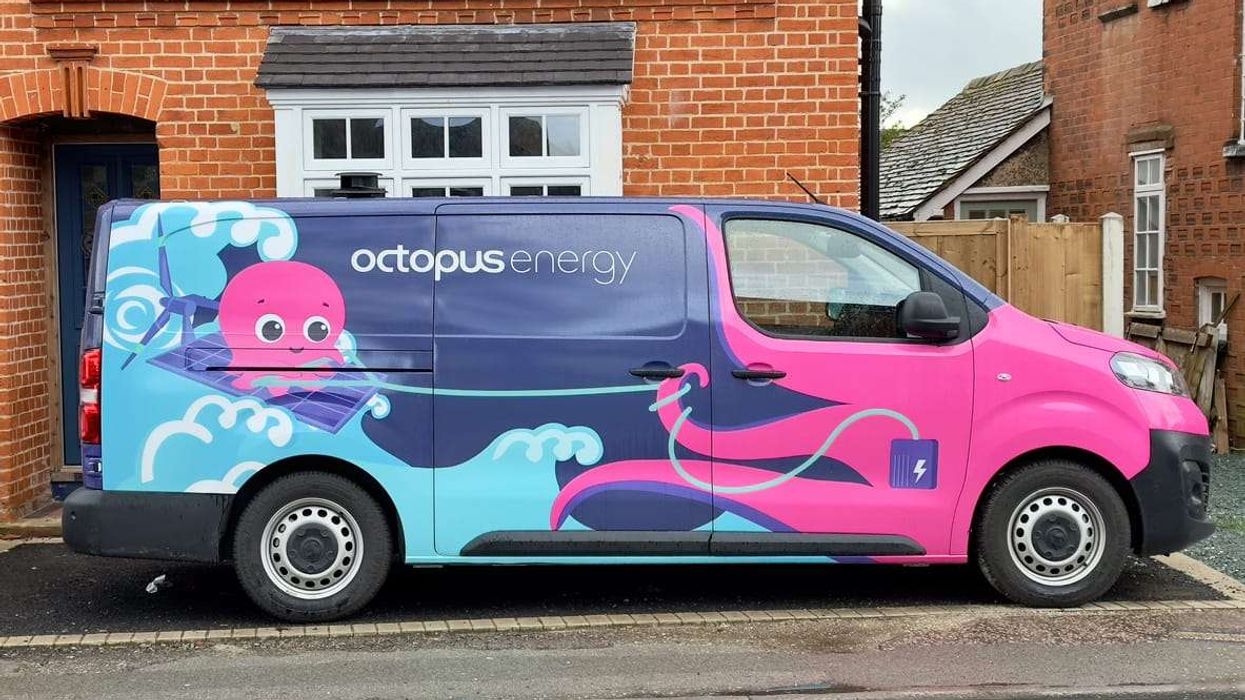National Green Tribunal (NGT), India’s environment court on Monday (20) said that an independent committee will decide in about six weeks whether to permit Vedanta Ltd to reopen its copper smelter, Sterlite Copper in Tamil Nadu, the Southern state of India.
The copper smelter with an annual production capacity of more than 400,000 tons closed this year on environmental grounds.
NGT Chairman Justice Adarsh Kumar Goel said, the committee which consists of representatives from Vedanta, Tamil Nadu Pollution Control Board and the Union Environment Ministry, will look into the case afresh and will hold a detailed review on the issue. The NGT has also asked to form the committee within 14 days and file a report on the issue within a time span of four weeks.
Tamil Nadu government had ordered for a permanent shutdown of the plant in May 2018 following protests which resulted in violence and police firing which killed 13 protesters. The villagers protested against Sterlite Copper’s move to expand its plant in Tuticorin alleging the activities could raise the environmental pollution being created by the plant. The protests were continued for 100 days killing 13 and injuring several others.
The company has recently stated that the closure of its plant has impacted 350 companies which purchase the products of Sterlite Copper.
“Around two per cent of the world’s copper is produced in Tuticorin. India’s current capacity is around one million metric tons. With a capacity of 0.438 million tons per annum of copper, Vedanta- Sterite currently holds a 33 per cent market share in the country’s refined Copper demand of around 0.675 million metric tons per annum. Imports contribute around 33 per cent which will increase significantly due to the stoppage of supplies from Sterlite,” said company in its recent statement on the impacts which could emerge after the closure of the plant.





 Manavatty was selected for SNP's traditional fundraising auctionJohn Xavier
Manavatty was selected for SNP's traditional fundraising auctionJohn Xavier  Manavatty 71 is the flagship a tribute to traditionJohn Xavier
Manavatty 71 is the flagship a tribute to traditionJohn Xavier 





